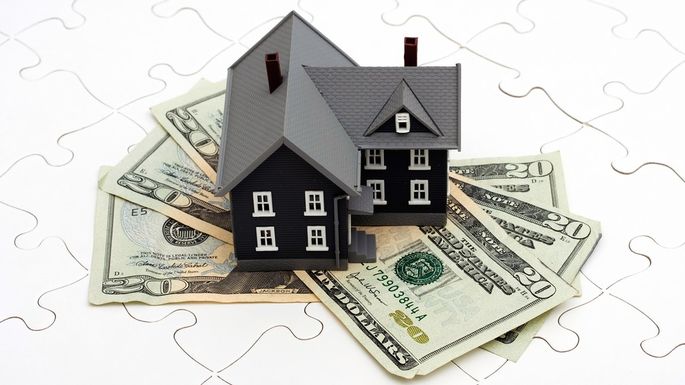Repayment of Loans in Advance(6)

The default payment is usually not valid for more than three years (and some for 5 years). After the expiration date, the default rate will be eliminated, gradually reduced, or only 1% of the balance. As long as part of the early repayment does not exceed 20% of the loan balance each year, there is no default payment.
Not all loans must pay a default payment, the general fixed-rate loans have a default payment, adjustable interest rate loans have no default, some special types of loans do not default. So before signing a loan contract, the borrower needs to know if the loan is in default, how much, and within what time limit.
The default payment is something that the borrower and the borrower can negotiate. If the borrower is a long-term loan, and when the loan factor changes, the borrower needs to re-optimize the loan, then the default clause on the contract is initiated. In order to avoid paying the default payment, the borrower may apply for the cancellation of the default payment in the contract. In general, lenders offer several options for borrowers to choose from. If the borrower chooses a contract with a default payment, the lender will offer a lower loan fee, or a lower interest rate on a contract with a default payment, which is 0.25% to 1.00% lower than the interest rate on a non-default contract.
Of course, there are predatory lenders, who force early repayment of default payments into contracts, skinning borrowers, and sometimes the law doesn't allow them to. In general, predatory lending is any unfair credit practice that harms the borrower and ultimately affects his or her credit or interests. So borrowers should carefully evaluate contracts that contain default payments and choose whether to accept contracts that contain default payments. Lenders are obligated to answer the borrower's inquiries about the default payment (including textal replies) at any time to help the borrower make a informed decision. Lenders generally encourage borrowers to opt for default contracts, which can prevent future interest rates from falling, and discourage borrowers from re-optimizing their loan plans.
In short, a default payment is a project that both sides can negotiate. It is based on the borrower's personal decision: the borrower's current financial position, whether the borrower needs to re-optimize the loan plan, and how long the borrower wants to hold the collateral. Even in the course of a loan, default payments can be renegotiated. If the borrower is not satisfied, the loan can be closed early at the current lending institution and re-optimized by another lender. Of course, it is best after the default period.



